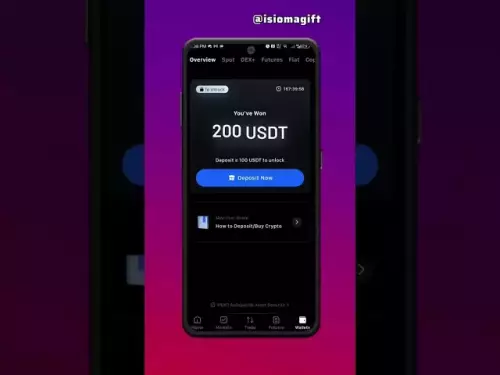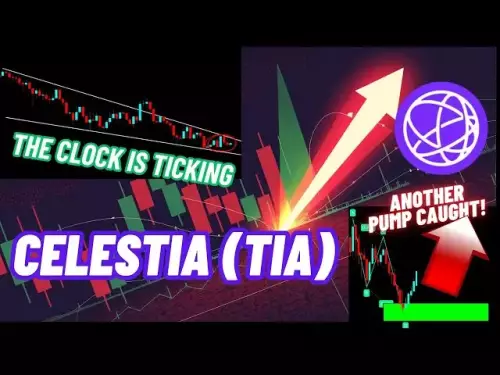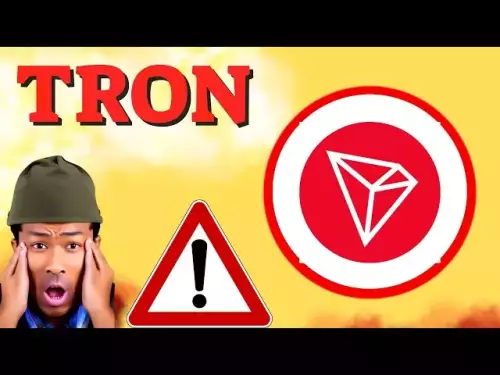-
 Bitcoin
Bitcoin $109800
0.96% -
 Ethereum
Ethereum $4462
-0.28% -
 Tether USDt
Tether USDt $1.000
0.01% -
 XRP
XRP $2.821
-0.71% -
 BNB
BNB $861.7
0.16% -
 Solana
Solana $202.1
-1.48% -
 USDC
USDC $1.000
0.03% -
 Dogecoin
Dogecoin $0.2184
0.01% -
 TRON
TRON $0.3411
-0.35% -
 Cardano
Cardano $0.8371
0.97% -
 Chainlink
Chainlink $23.72
-0.38% -
 Hyperliquid
Hyperliquid $45.31
1.40% -
 Ethena USDe
Ethena USDe $1.001
0.03% -
 Sui
Sui $3.324
-0.19% -
 Stellar
Stellar $0.3621
0.40% -
 Bitcoin Cash
Bitcoin Cash $547.2
-0.56% -
 Avalanche
Avalanche $24.23
0.46% -
 Cronos
Cronos $0.2828
-3.05% -
 Hedera
Hedera $0.2226
-1.80% -
 UNUS SED LEO
UNUS SED LEO $9.611
0.32% -
 Litecoin
Litecoin $110.7
-0.96% -
 Toncoin
Toncoin $3.157
0.51% -
 Shiba Inu
Shiba Inu $0.00001250
0.45% -
 Polkadot
Polkadot $3.851
0.19% -
 Uniswap
Uniswap $9.753
-1.24% -
 Dai
Dai $0.9999
0.00% -
 Bitget Token
Bitget Token $4.570
0.11% -
 Monero
Monero $268.2
2.03% -
 Aave
Aave $316.7
-1.64% -
 Ethena
Ethena $0.6473
-4.43%
How to stake my crypto on Gemini?
Gemini allows users to earn staking rewards on crypto like ETH and SOL, with automatic payouts, strong security, and variable APYs based on network conditions.
Sep 01, 2025 at 02:18 pm
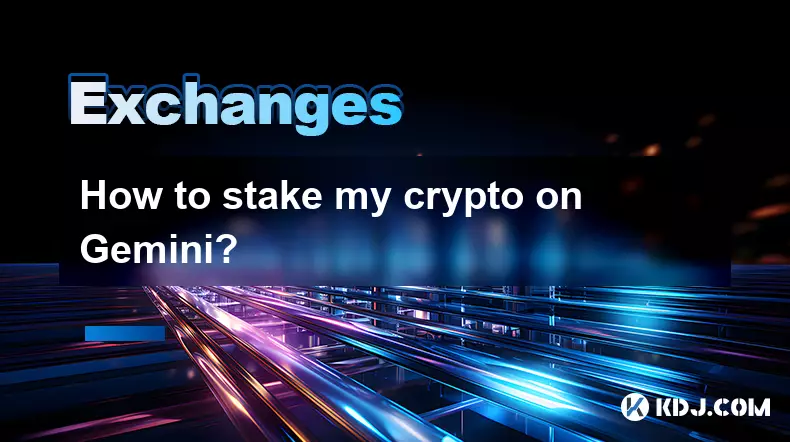
Understanding Crypto Staking on Gemini
1. Gemini is a regulated cryptocurrency exchange that offers a staking service allowing users to earn rewards by locking up their digital assets. This process supports blockchain networks through validation mechanisms, primarily proof-of-stake. By participating, users contribute to network security and receive a portion of transaction fees or newly minted tokens as incentives.
2. Supported cryptocurrencies for staking on Gemini include Ethereum (ETH), Solana (SOL), Polygon (MATIC), and others. Each asset has different staking terms, including minimum amounts, lock-up periods, and reward frequencies. Users must verify eligibility for each staking option within their account dashboard.
3. The platform automatically distributes staking rewards on a regular basis, typically weekly or monthly, depending on the network. Rewards are paid in the same cryptocurrency being staked and are credited directly to the user’s Gemini account. No manual claiming is required once the staking process is initiated.
4. Security is a core feature of Gemini’s staking infrastructure. The exchange uses institutional-grade custody solutions and multi-signature wallets to protect staked assets. Additionally, Gemini maintains insurance coverage for digital assets held on the platform, offering users an added layer of protection.
5. Before staking, users must complete identity verification and enable two-factor authentication (2FA). These steps ensure compliance with regulatory standards and reduce the risk of unauthorized access. Only verified accounts can participate in staking programs.
How to Start Staking on Gemini
1. Log in to your Gemini account through the website or mobile application. Navigate to the “Earn” section, where staking options are prominently displayed. The interface lists available cryptocurrencies, annual percentage yields (APY), and staking requirements.
2. Select the cryptocurrency you wish to stake. Click on the asset to view detailed information, including estimated returns, lock-up duration, and network specifics. Some assets may allow unstaking at any time, while others enforce fixed periods.
3. Enter the amount you want to stake. Confirm that your account holds sufficient balance and that you meet the minimum staking threshold. Review the terms and conditions associated with the selected asset.
4. Confirm the staking transaction using your 2FA method. Once approved, the designated amount will be moved from your spot wallet into the staking pool. The staked balance will be visible in your account under the “Staked” tab.
5. Monitor your rewards through the earnings dashboard. The platform updates staking gains in real time, and historical data is accessible for tracking performance. Rewards accumulate gradually and are disbursed according to the network’s schedule.
Factors Affecting Staking Returns
1. The annual percentage yield (APY) for staking is not fixed and can fluctuate based on network activity, validator performance, and inflation rates. Users should review current rates before committing funds, as they may change without notice.
2. Network congestion and protocol upgrades can temporarily impact reward distribution. For example, Ethereum’s transition to proof-of-stake involved phased reward releases, affecting short-term payouts. Stakers should stay informed about updates related to their chosen assets.
3. Slashing penalties may apply if a validator node behaves maliciously or goes offline. While Gemini manages validators on behalf of users, severe infractions could reduce rewards or result in partial loss of staked assets. The platform mitigates this risk by operating reliable infrastructure.
4. Tax implications vary by jurisdiction. Staking rewards are considered taxable income in many countries, including the United States. Users are responsible for reporting earnings and maintaining accurate records of transactions.
5. Market volatility affects the dollar value of staked assets and rewards. Even if the number of tokens earned remains stable, price fluctuations can significantly alter the real-world value of returns.
Frequently Asked Questions
Can I unstake my crypto at any time on Gemini?Some cryptocurrencies allow flexible unstaking with no lock-up period, while others require a waiting period determined by the blockchain. For example, Ethereum may involve a queue-based withdrawal system due to network constraints. Check the specific asset’s terms before staking.
Are staking rewards guaranteed on Gemini?Rewards are not guaranteed and depend on network conditions, validator uptime, and protocol rules. While Gemini aims to maximize returns, external factors beyond the platform’s control can influence payout amounts.
Does Gemini charge fees for staking?Gemini deducts a service fee from staking rewards, which varies by cryptocurrency. This fee covers operational costs, including node maintenance and security. The exact percentage is disclosed in the staking details for each asset.
What happens if I lose access to my Gemini account?Recovering access requires completing the account recovery process, which includes identity verification and 2FA reset. Staked assets remain secured on the platform, but failure to regain access may prevent management of staking positions or withdrawal of funds.
Disclaimer:info@kdj.com
The information provided is not trading advice. kdj.com does not assume any responsibility for any investments made based on the information provided in this article. Cryptocurrencies are highly volatile and it is highly recommended that you invest with caution after thorough research!
If you believe that the content used on this website infringes your copyright, please contact us immediately (info@kdj.com) and we will delete it promptly.
- Memecoins September 2025 Watchlist: What's Hot Now?
- 2025-08-31 23:25:15
- Eric Trump Predicts Bitcoin to $1 Million: Hype or Reality?
- 2025-08-31 23:25:15
- BlockDAG: Redefining Scalability and ROI Potential in 2025
- 2025-08-31 23:05:16
- Ozak AI, Altcoins, and 20x Potential: Navigating the Crypto Landscape
- 2025-09-01 00:05:12
- Bonk Price, Solana Meme Coin, and the Rise of Layer Brett: A New Era?
- 2025-08-31 21:25:12
- ETH Transactions Soar, BTC Whale Shifts Gears: Decoding August's Crypto Charts
- 2025-08-31 21:05:16
Related knowledge
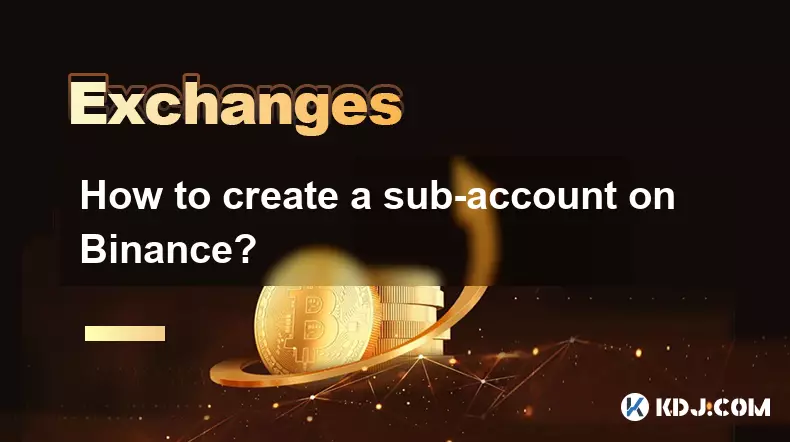
How to create a sub-account on Binance?
Sep 01,2025 at 12:36am
Accessing the Binance Sub-Account Feature1. Log in to your Binance account using your registered email and password. Ensure that two-factor authentica...
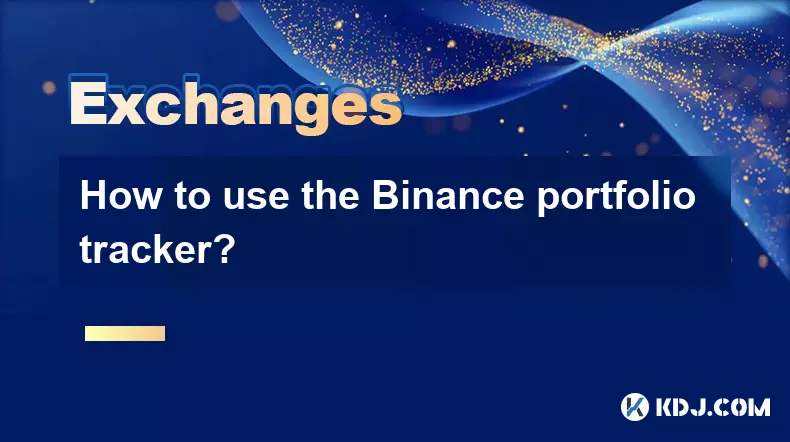
How to use the Binance portfolio tracker?
Sep 01,2025 at 01:00pm
Understanding the Binance Portfolio Tracker1. The Binance portfolio tracker is a powerful tool designed to help users monitor their cryptocurrency inv...
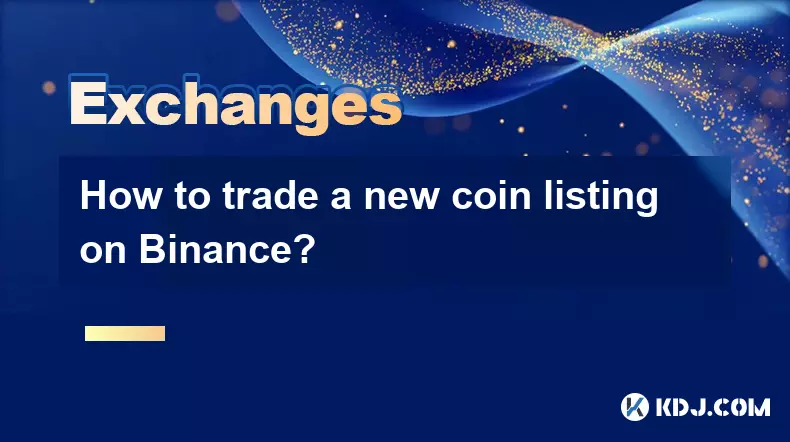
How to trade a new coin listing on Binance?
Aug 29,2025 at 11:14am
Understanding the Pre-Listing Phase1. Research the project thoroughly before any listing announcement. Whitepapers, team backgrounds, and community se...
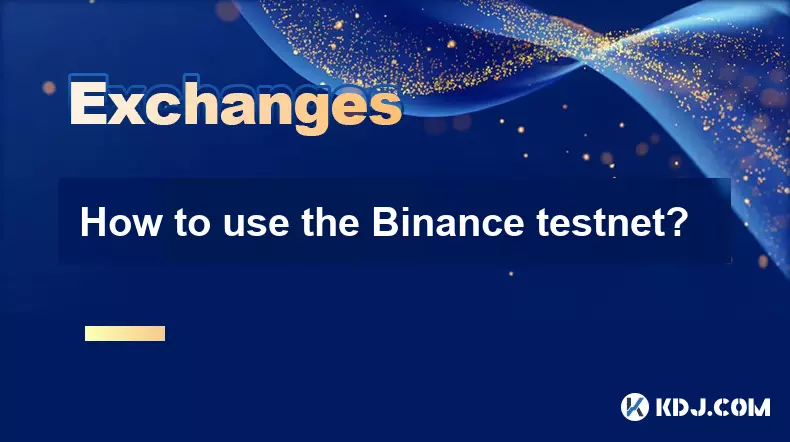
How to use the Binance testnet?
Aug 31,2025 at 02:19am
Understanding the Binance Testnet Environment1. The Binance testnet is a simulated version of the Binance Smart Chain (BSC) that allows developers and...
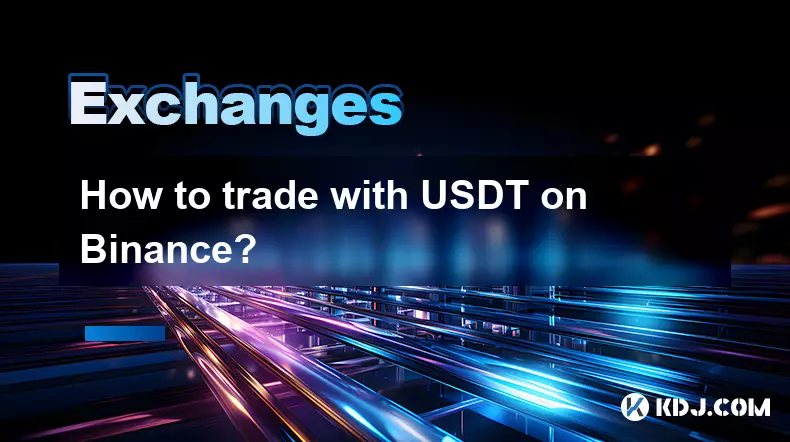
How to trade with USDT on Binance?
Aug 30,2025 at 02:19am
Getting Started with USDT Trading on Binance1. Create and verify your Binance account. Visit the official Binance website and complete the registratio...
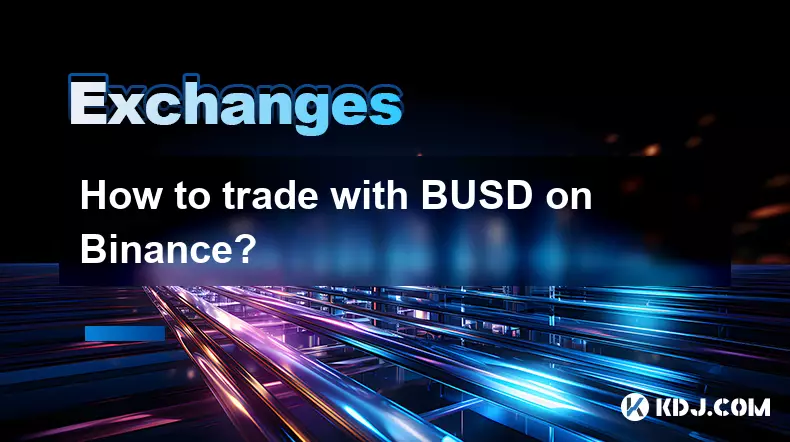
How to trade with BUSD on Binance?
Aug 30,2025 at 07:42am
Understanding BUSD and Its Role in Binance Trading1. BUSD, or Binance USD, is a stablecoin pegged to the value of the U.S. dollar, meaning 1 BUSD is a...

How to create a sub-account on Binance?
Sep 01,2025 at 12:36am
Accessing the Binance Sub-Account Feature1. Log in to your Binance account using your registered email and password. Ensure that two-factor authentica...

How to use the Binance portfolio tracker?
Sep 01,2025 at 01:00pm
Understanding the Binance Portfolio Tracker1. The Binance portfolio tracker is a powerful tool designed to help users monitor their cryptocurrency inv...

How to trade a new coin listing on Binance?
Aug 29,2025 at 11:14am
Understanding the Pre-Listing Phase1. Research the project thoroughly before any listing announcement. Whitepapers, team backgrounds, and community se...

How to use the Binance testnet?
Aug 31,2025 at 02:19am
Understanding the Binance Testnet Environment1. The Binance testnet is a simulated version of the Binance Smart Chain (BSC) that allows developers and...

How to trade with USDT on Binance?
Aug 30,2025 at 02:19am
Getting Started with USDT Trading on Binance1. Create and verify your Binance account. Visit the official Binance website and complete the registratio...

How to trade with BUSD on Binance?
Aug 30,2025 at 07:42am
Understanding BUSD and Its Role in Binance Trading1. BUSD, or Binance USD, is a stablecoin pegged to the value of the U.S. dollar, meaning 1 BUSD is a...
See all articles























